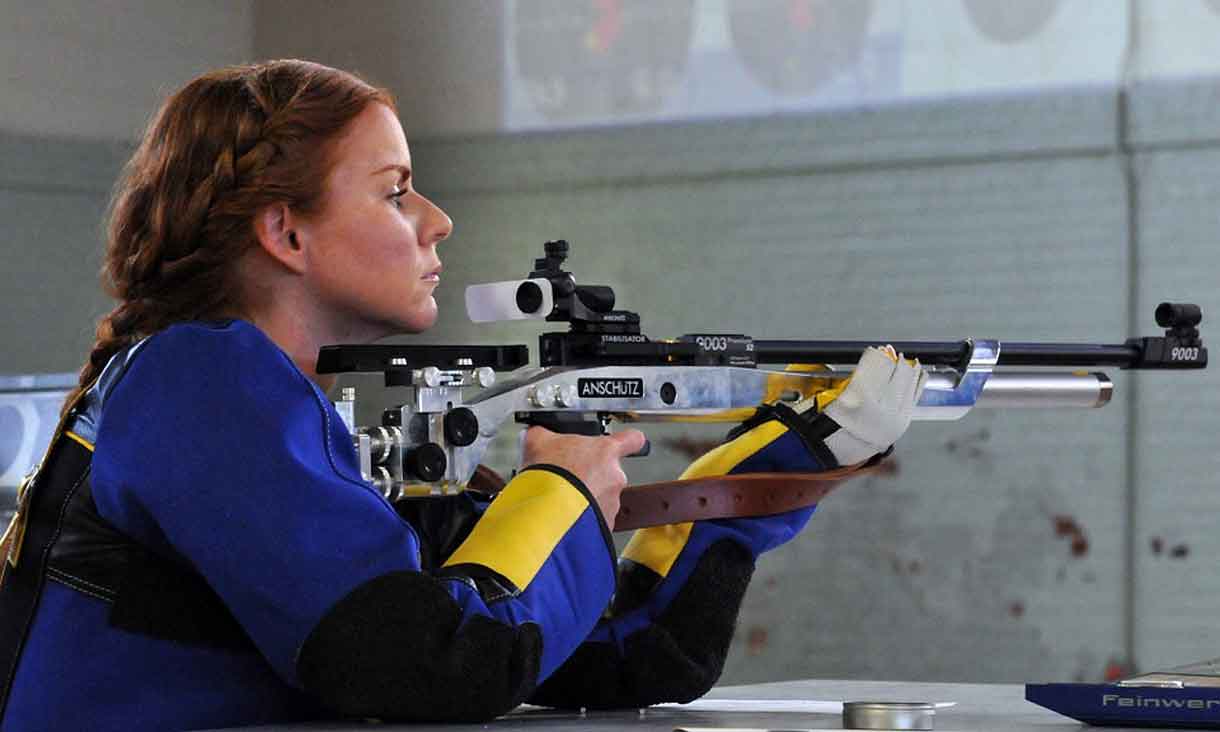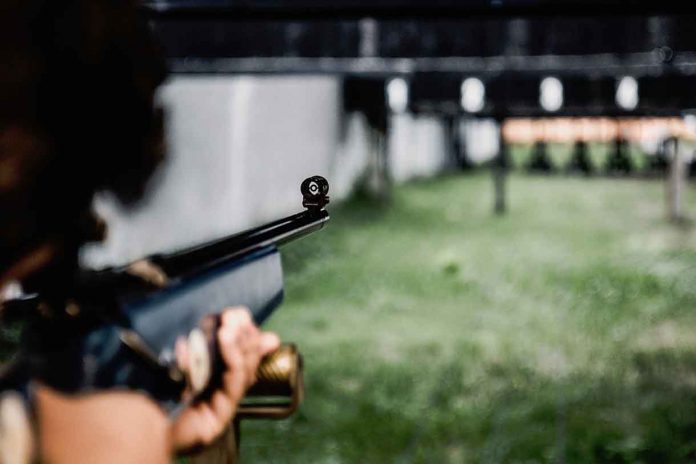Firearm-related violence in Canada has risen by 43% since 2013, according to Statistics Canada. Learning the safety rules of a gun is the first step to protect yourself and those around you. From seasoned gun holders to those who are new to firearms, these rules should always be observed. There are differences that must be respected. There is a lot of difference for example between a creedmoor vs 308W.

The five golden rules are the foundation of everything you will do using your firearm. Whether you are heading to a firing range, a hunting trip, cleaning your gun or responding to a life-threatening situation, the following firearm rules will be helpful, and also life-saving.
Always Treat the Gun as Loaded
The first rule of handling a gun is to always assume that the firearm is loaded. Whether you vividly remember that it had an empty chamber or you unloaded it yourself, treat it with caution. Take your time to inspect the gun to help you verify its condition, as instructed by Bellevue Gun Club.
After you are done using the gun, store it in an unloaded condition. Ensure you remove all ammunition from the chamber and magazine. When storing it, keep the magazine away from the firearm. This will help prevent accidents in case someone else gets access to the weapon. A gun should only be loaded when you are in a target range or when you are ready to fire.
Keep the Muzzle Pointed in a Safe Direction
One of the simplest concepts of handling a gun is to always keep the gun pointed in a safe direction when shooting or holstering. This means ensuring the barrel is not pointed to a person, object, or something that you don’t want to destroy. The best place to point your gun is into the ground or a downrange at a shooting range. In case the gun discharges in this position, no harm will occur.
Keep Your Finger off the Trigger
When holding a gun, don’t rely on its safety mechanism even when the safety is on. Whether you are loading, unloading, maintaining it, or positioning yourself to aim, ensure your trigger finger is not on the trigger at any given time. Your finger should always lie straight along the side of the frame, and you should only touch the trigger when you have aligned your gun on the target and made up your mind that you want to shoot.
Verify Your Target
Whether you’re a good shooter or the target you’re aiming at is clearly visible, it’s always essential that you conduct a proper visual assessment. Check whether there is anything between you and the target and learn what lies behind the target. Bullets travel far, and they can cause a tragedy if they get past your intended target. Always be mindful about what lies on the projectile’s path and the surrounding to minimize danger caused by strays and ricochets.
Learn About the Gun You Are Using
Familiarizing yourself with the gun you want to use is a step towards safety. Guns are different, and varying firearms use different types of ammunition. Therefore, you need to educate yourself on the mechanical and handling characteristics of the firearm you want to use. If someone hands you a gun you have never used before, be careful and ask for assistance on how to properly use it.
Wrapping Up
Guns should always be treated as dangerous weapons for that’s what they are. If you are visiting a firing range, carefully go through their rules before participating. These five rules are the pillars of safe gun handling, and they should be strictly observed whether you are an experienced marksman or a novice.


